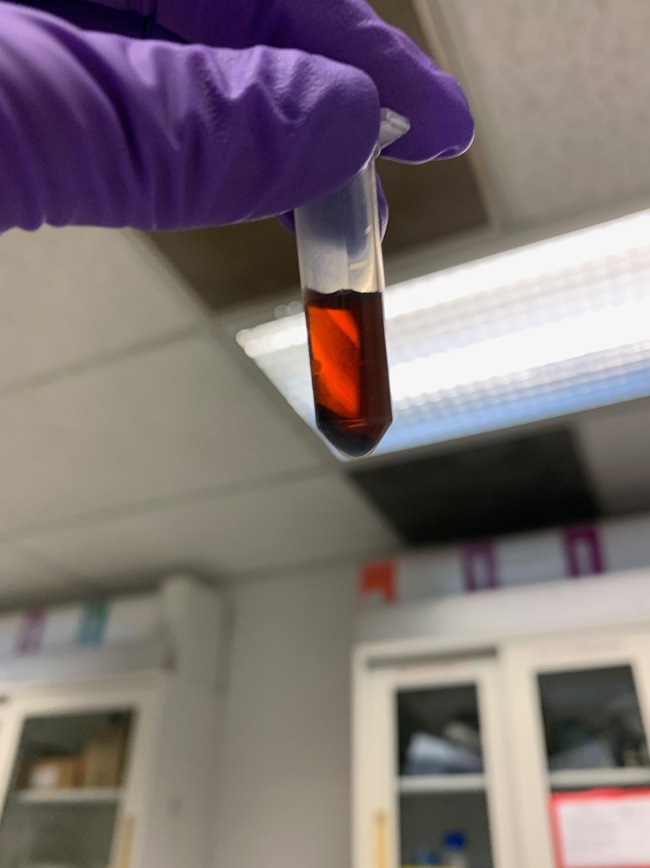Abstract:
The evolution of biological catalysts on the early Earth is not presently known and is of interest to scientists investigating the origin of life, as well as to chemists who are developing ways to utilize biologically inspired catalysts for pharmaceutical and materials science purposes.
In particular nickel and iron catalysts are significant in biological systems and are highly sought-after for practical applications such as cross-coupling and Heck-type reactions, both widely utilized in pharmaceutical synthesis. The development of new catalysts can make organic synthesis more efficient by lower catalyst loading and improve activation. We report on the synthesis and characterization of bench stable phosphine-ligated nickel (II) precatalysts designed with a novel and mild activation mechanism. The precatalysts have been demonstrated with a carbonyl-ene reaction, with one of the precatalysts decreasing the catalyst loading by 75%, which would benefit industrial processes. In relation to the origin or life, Fe/Ni catalysts in the form of naturally occurring minerals are also thought to be significant for the emergence of metabolism. The two most significant theories on how metabolic pathways emerged propose either the use of a pre-protein catalyst (such as a protein cofactor) or a non-protein catalyst (such as an iron mineral).1,2 We have systematically tested the second of these theories by investigating how different geochemical conditions influence the redox reactions of nicotinamide adenine dinucleotide (NAD+) and NADH, by iron-bearing minerals, with a focus on iron sulfides. NAD+ is found in all living cells and acts as an electron transfer agent in important biological processes including the citric acid cycle. Under modern metabolism, this redox reaction is performed by enzymes. As the early Earth – similar to the modern one – likely had a number of different environments ranging in temperature, pH, and concentration, we explored the reduction of NAD+ under relevant conditions. Herein, we report our progress towards catalyzing the reduction of NAD+ using iron sulfide minerals under early Earth conditions. We have investigated the stability of NAD+/NADH as well as investigated the reduction of NAD+ with various iron sources, pH, temperature, and concentration. Together these studies demonstrate the range of utility of Fe and Ni catalysts, from industrial synthesis to geologically occurring minerals, and origin of metabolism studies can help inform the development of novel chemical reactivity.
Speaker: Jessica Weber, NASA JPL
Date: 17 October, 14:00-15:00 at Mishima Hall (ELSI-1)
Host: Kristin Johnson

